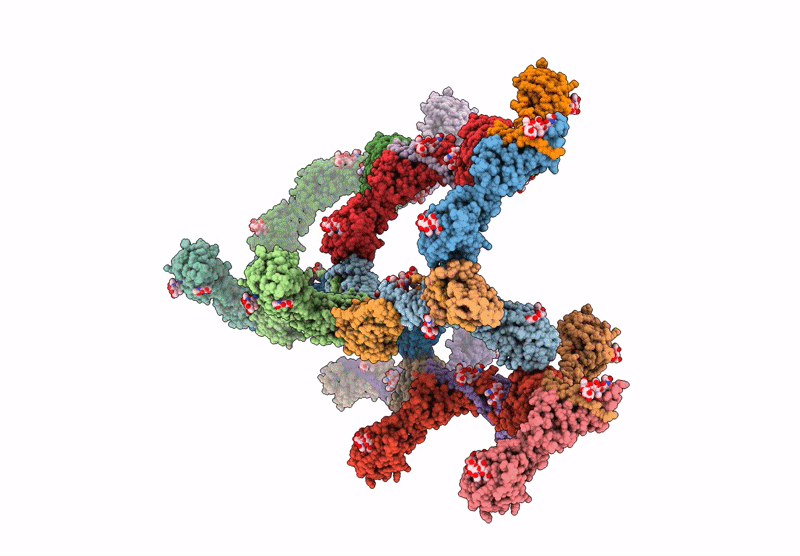
Deposition Date
2025-03-19
Release Date
2025-05-21
Last Version Date
2025-07-16
Entry Detail
PDB ID:
9NU3
Keywords:
Title:
Uromodulin filament lattice in the kinked arrangement from human urine
Biological Source:
Source Organism:
Homo sapiens (Taxon ID: 9606)
Method Details:
Experimental Method:
Resolution:
5.00 Å
Aggregation State:
FILAMENT
Reconstruction Method:
SINGLE PARTICLE


